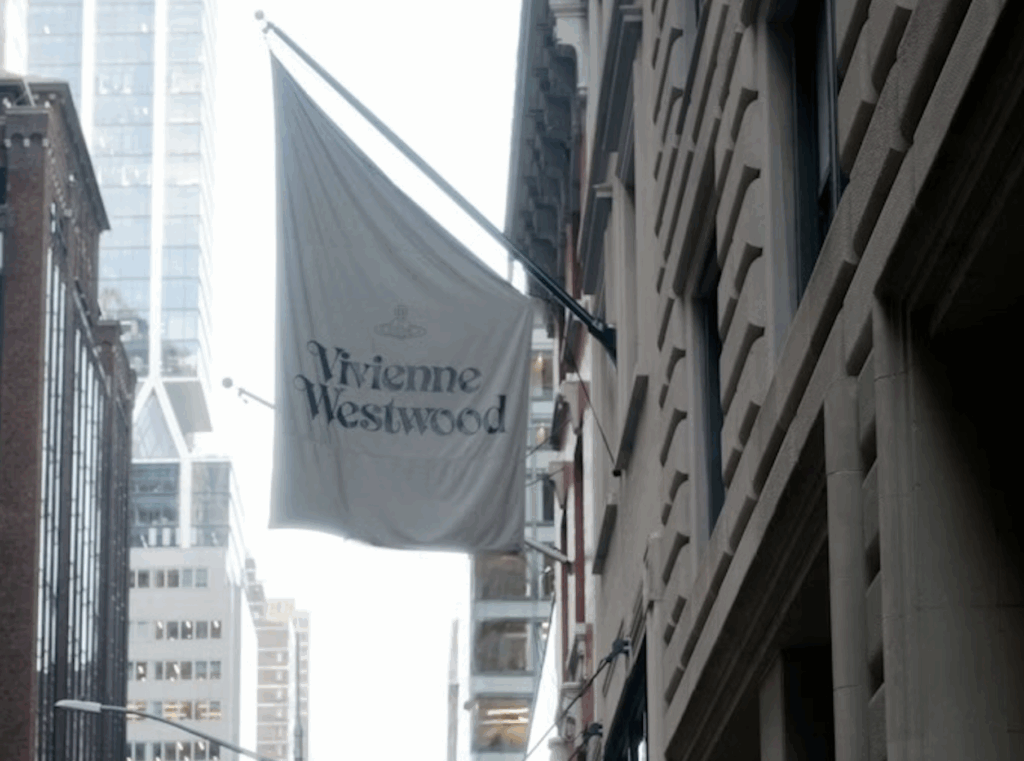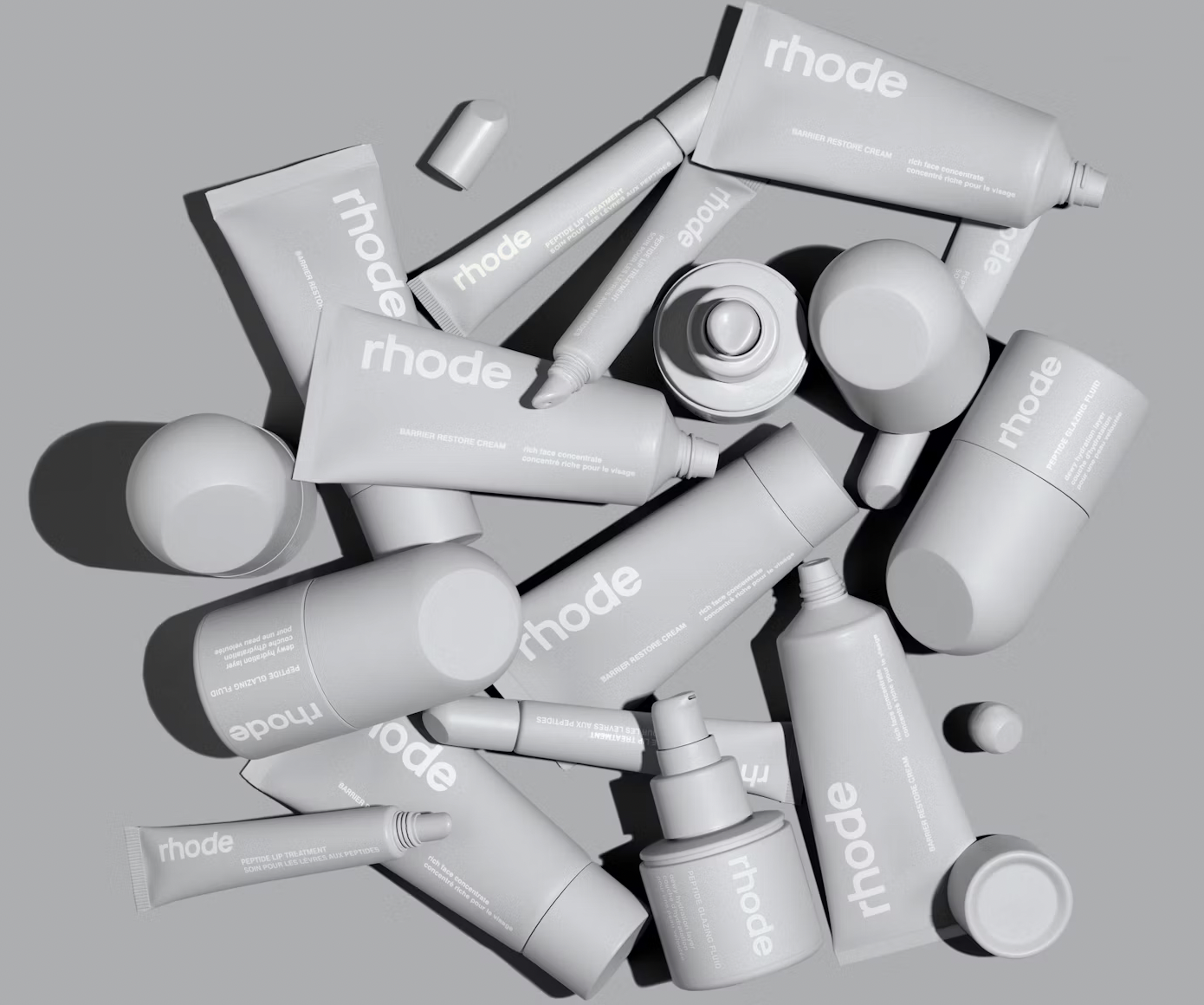In January 2021, LVMH Moët Hennessy Louis Vuitton closed a $15.8 billion deal to acquire Tiffany & Co. The Paris-based luxury goods conglomerate first made headlines when it made a $14.5 billion play for the American jewelry stalwart in 2019, in furtherance of what would become an apparent quest to bolster its offerings in the fast-growing hard luxury market. Just as analysts predicted it would play out, Tiffany ’s board rejected LVMH’s initial, unsolicited offer and sought a higher price, thereby, kicking off what Reuters called “a battle for control of the Tiffany & Co., the company known for its signature robin’s egg blue packaging.”
Not to be overlooked in LVMH’s ultimately-successful acquisition attempts – and in the value of Tiffany & Co. as a whole – is just that: The now-186-year-old brand’s signature robin’s egg blue. Dating back to at least 1889 and the World’s Fair in Paris, Tiffany & Co. has consistently and substantially exclusively used the “cool and fresh aquatic blue,” as color-categorizing company Pantone describes it, in certain classes of goods and services, namely, jewelry, jewelry-related product packaging, retail (and online retail) services, and marketing/advertising initiatives, eyewear, homewares, etc. As a result, the color has come to signify the Tiffany brand in the mind of the average consumer when it is used on those types of goods/services, so much so that robin’s egg blue jewelry boxes are “very possibly the most recognizable and most desired retail container in history,” according to AdWeek.
The ability of consumers across the globe to link the robin’s egg blue color with a single source when that color is used on connection with jewelry and corresponding packaging and/or retail services, among other things, means that the blue hue transcends the traditional, decorative function that color plays, and puts Tiffany & Co. in the “rare and enviable position [in which] consumers recognize the brand simply by seeing the color – even without any other brand identity,” Andrea Davey, the senior vice president of global marketing at Tiffany, previously told CNN. Relatively few companies can accurately make such a claim.
With that remarkably high level of consumer awareness comes legal rights – trademark rights – since trademark law provides protection for any word, name, symbol, or design (including colors and product configurations, etc.) that is used to identify and distinguish the goods of one brand from those of another. In addition to enjoying longstanding common law rights as a result of its consistent use of the color in a trademark capacity, since the 1990s, Tiffany & Co. has maintained federal registrations for the color for use on an array of goods and services, ranging from fragrance products, tableware, and leather goods to product packaging and retail services … and of course, jewelry.
More than merely enabling consumers to identify products as coming from the Tiffany & Co. brand, and giving Tiffany exclusive rights in its signature hue (in connection with certain classes of goods and services), the robin’s egg blue color, itself, serves to communicate inherent brand-specific messaging and values specific to the Tiffany & Co. brand to consumers. Because Tiffany has used the color consistently for more than a century in connection with its luxury offerings, consumers have come to associated the brand’s values – quality craftsmanship, exclusivity, elegance, etc. – with the color, thereby, standing to positively affect their purchasing decisions (and bestowing upon Tiffany & Co. benefits in the realm of pricing power).
These positive brand qualities – or goodwill – are a big part of what makes trademark rights valuable in the first place, particularly since nearly every product in the market, high quality diamonds, included, faces competition, meaning that similar – or at least, good enough – substitutes abound. This is where a brand’s goodwill – i.e., the favorable reputational elements that consciously or subconsciously come to consumers’ minds when they encounter a brand’s trademarks – comes in: It helps a brand to differentiate itself from its competitors in the minds of consumers no matter how similar their product offerings may be.
Given that Tiffany & Co. is hardly the only upscale jewelry company in the market and considering that there are relatively comparable jewelry designs and diamonds out there for consumers to choose from, the brand’s goodwill often serves as a distinguishing factor for many consumers. After all, as AdWeek asserted back in 2014, “The shade [has] become instantly identified with Tiffany—and with the finest jewelry in the business.” This positive association in the minds of consumers is precisely why many trademarks make for such valuable assets for the companies that have amassed them, including Tiffany, and any prospective acquirers, such as LVMH.
So, how valuable is Tiffany & Co’s robin’s egg blue color (and the goodwill implicit in it) exactly? That is a multi-billion dollar question, which is not made easy by the fact that the valuation of intangible assets, such as trademarks, is not a straightforward inquiry and more of an imperfect science. Tiffany & Co. certainly places significant emphasis on its branding-specific assets in the larger scheme of its overall value as a company. The company routinely asserts in its annual filings with the Securities and Exchange Commission that the “TIFFANY & CO. brand is the single most important asset of Tiffany,” with trademark rights proving “essential to the competitiveness and success of the company’s business.”
The jewelry icon is not alone in drawing a straight line between the value of its intellectual property and its value as a company. Each year, Brand Finance issues its Global 500 ranking of the “most valuable brands” in the world, with the London-based business valuation consultancy defining “brand value” as “the value of the [brand’s] trademark and associated marketing intellectual property within the branded business,” including intangible assets that are “intended to identify goods, services or entities, [thereby], create distinctive images and associations in the minds of stakeholders, and generate economic benefits.” For 2019, Brand Finance put Tiffany & Co. in the number 351 position on its list with a “brand value” of $5.895 billion, a testament to the value of its intellectual property portfolio as a whole, which includes its world-famous color mark. “We consider a brand’s intellectual property a crucial part of the overall brand valuation analysis,” according to Brand Finance Director Alex Haigh.
As for Tiffany & Co., in particular, he says that that “the iconic blue color is an integral part of its brand and its visual identity,” and thus, its overall valuation. (The company’s brand value has risen by Brand Finance’s standards; Tiffany & Co. landed in the number 302 spot in 2023, up from 331 in 2022.)
In other words, while it might not be as easy to put a valuation on the robin’s egg blue as it is to price a flawless diamond, it is undeniable that the color has played an integral role in helping Tiffany & Co. to achieve the status of one of the valuable jewelry brands in the world. As such, it is safe to say that Tiffany has not only “monopolized” a color for itself, as many publications assert, but has monetized it in a noteworthy way, with LVMH’s initial bid of $14.5 billion and Tiffany & Co.’s reported push towards a higher $16.9 figure being proof.
On December 30, 2020, ninety-nine percent of Tiffany & Co.’s shareholders sought to approve the jewelry stalwart’s renegotiated merger with LVMH during a virtual shareholder meeting, and on January 7, 2021, LVMH Moët Hennessy Louis Vuitton announced that it had completed the acquisition of Tiffany, in an acquisition that it says will “deeply transform LVMH’s Watches & Jewelry division and complement LVMH’s 75 distinguished Maisons.”
Bernard Arnault, Chairman and Chief Executive Officer of LVMH, commented: “I am pleased to welcome Tiffany and all their talented employees in our Group. Tiffany is an iconic brand and a quintessential emblem of the global jewelry sector. We are committed to supporting Tiffany, a brand that is synonymous with love and whose Blue Box is revered around the world, with the same dedication and passion that we have applied to each of our prestigious Maisons over the years. We are optimistic about Tiffany’s ability to accelerate its growth, innovate and remain at the forefront of our discerning customers’ most cherished life achievements and memories.”
This article was originally published on November 11, 2019, and has been updated accordingly.














